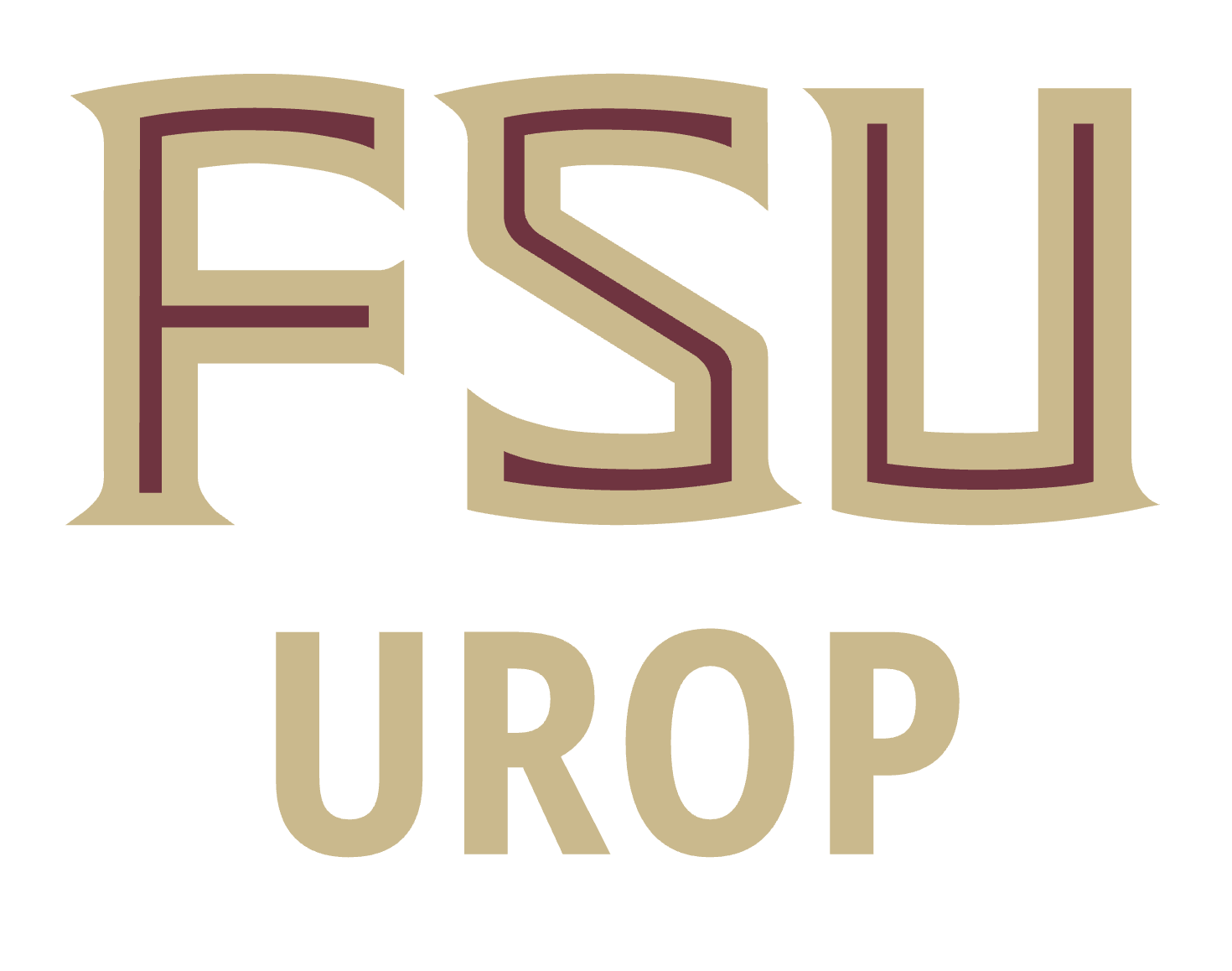UROP Project
RNA, NMR, LARPs

Research Mentor: Shibu Adhikari,
Department, College, Affiliation: Institute of Molecular Biophysics, Arts and Sciences
Contact Email: sa20ep@fsu.edu
Research Assistant Supervisor (if different from mentor): Victoria Ogunkunle
Research Assistant Supervisor Email: vogunkunle2@fsu.edu
Faculty Collaborators:
Faculty Collaborators Email:
Department, College, Affiliation: Institute of Molecular Biophysics, Arts and Sciences
Contact Email: sa20ep@fsu.edu
Research Assistant Supervisor (if different from mentor): Victoria Ogunkunle
Research Assistant Supervisor Email: vogunkunle2@fsu.edu
Faculty Collaborators:
Faculty Collaborators Email:
Looking for Research Assistants: Yes
Number of Research Assistants: 2
Relevant Majors: Chemistry
Biochemistry
Biology
** Anyone with basic knowledge of general chemistry and biochemistry.
Project Location: On FSU Main Campus
Research Assistant Transportation Required: Remote or In-person: In-person
Approximate Weekly Hours: 5-10 hrs,
Roundtable Times and Zoom Link:
Number of Research Assistants: 2
Relevant Majors: Chemistry
Biochemistry
Biology
** Anyone with basic knowledge of general chemistry and biochemistry.
Project Location: On FSU Main Campus
Research Assistant Transportation Required: Remote or In-person: In-person
Approximate Weekly Hours: 5-10 hrs,
Roundtable Times and Zoom Link:
Project Description
Our lab is focused in understanding the interaction between La-Related Proteins (LARPs) with RNA. LARPs proteins are found to have implication in different sort of diseases like cancer and so on. We, primarily, focus on the biophysical techniques to decipher the underlying the biochemistry of these RNA binding proteins. Eventually, we aim to structurally characterize these interactions using Nuclear Magnetic Resonance experiments.Specifically, in this project, we would study LARP1 (La-Related Protein 1) which is an RNA-binding protein that is primarily involved in the translation and stability of mRNAs. Human LARP1(Hs LARP1) is found to play a role in post-translation regulation of 5’ terminal oligopyrimidine motif (5’ TOP), a cis-regulatory RNA component of the 7-methylguanosine cap of TOP mRNAs. The La-module of HsLARP1 has been shown to bind with 5’TOP and 3’ poly(A) motifs of mRNA compared to other LARPs. As LARP1 has been found to repress TOP mRNA translation via the C-terminal DM15 region, the role of the N-terminal La-Module in the regulation of TOP mRNAs is still ambiguous. Since it has been known that LaMOD in HsLARP1 has a folded LaM domain followed by an intrinsically unstructured region (IUR). Here, we investigate the dynamics of the unstructured region of human LARP1 along with its effects on the activity of La-module. We devised the constructs to express and purify IUR regions of humans LARP1 using a self-cleaving peptide N-pro EDDIE to study the RNA-binding mechanism followed by structure characterization using NMR experiments.
Research Tasks: Literature Review
Setting Up Experiments
Data Collection
Scientific Writing
Skills that research assistant(s) may need: Recommended:
Pipetting Techniques
** As a wet lab biochemistry research lab, skills will be trained along the way. One should be motivated to learn new techniques along with some background information on the particular experiment.

